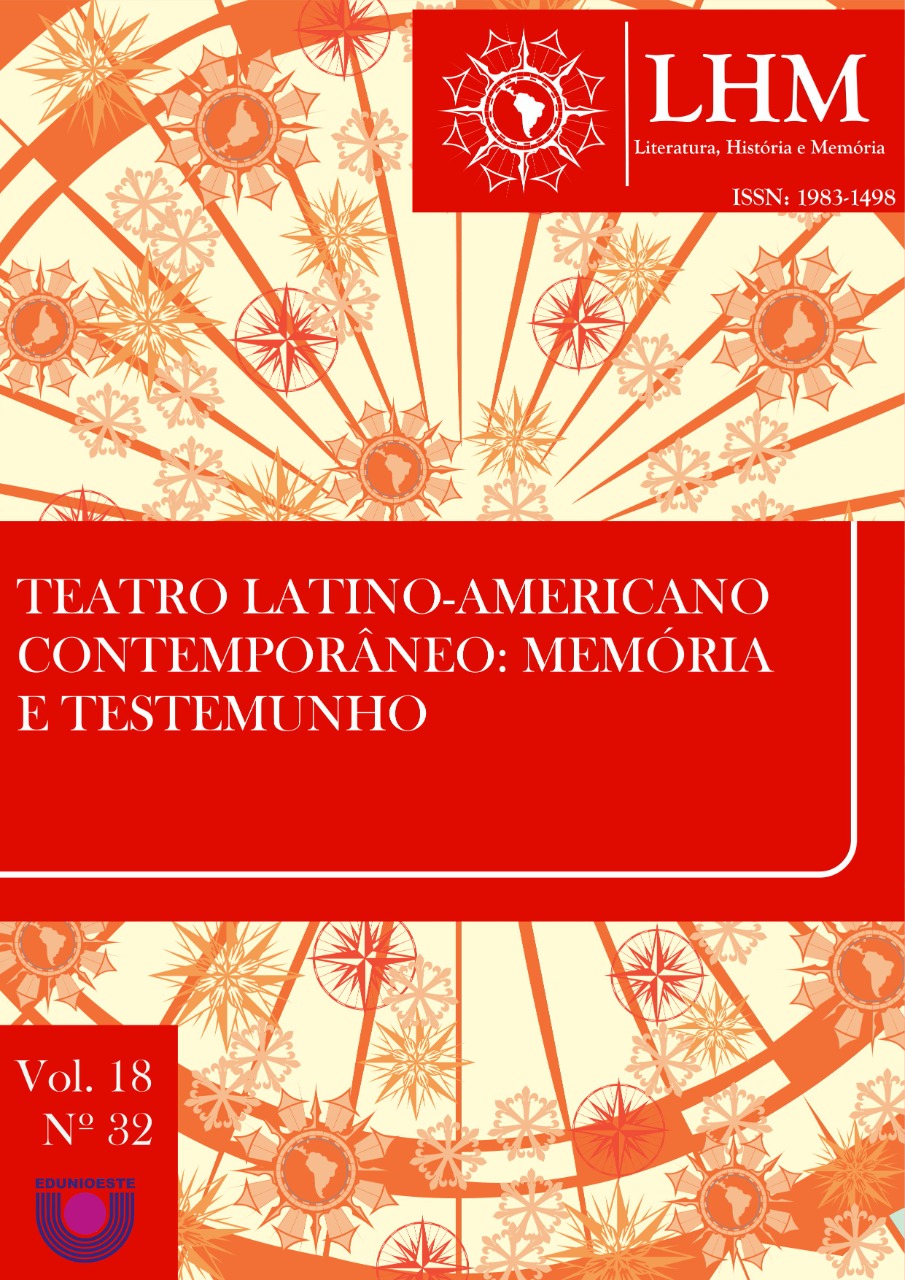The image of Ophelia and the portrait of women in the 19th century:
a universalizing reading
DOI:
https://doi.org/10.48075/rlhm.v18i32.28825Abstract
Artistic re-readings are extremely common but we cannot observe them without reflecting on their production reasons. The present paper aims to highlight two poems and paintings of re-readings carried out during the 19th century, which portray the Shakespearean character, Ophelia, and seek to find the possible reasons for this fact. Therefore, we analyze each painting and poem individually and, after this survey, we relate them to each other. As a theoretical basis, we use Carvalhal (2006), to address the importance of comparativism in art; Gombrich (1978) to enter the context of the construction of pictorial art; Bosi (2000) relatingpoetry and society and Schopenhauer (2005) as a mean of reflecting the philosophy behind the productions. As for the analysis of the arts in their specificities, we highlight the writings of Goldstein (2006) for the poetic structure; Lexikon (1998) for symbolisms; and Heller (2013) for colors. As a result of the analysis, we obtained the death of Ofelia being represented as an escape from the technical world to a spiritual transcendence. We conclude that the image of the woman is the portrait of an entire society, her death is, consequently, the escape from a world oppressed by absolute scientism.
Downloads
Published
How to Cite
Issue
Section
License

This work is licensed under a Creative Commons Attribution-NonCommercial-ShareAlike 4.0 International License.
Aviso de Direito Autoral Creative Commons
Política para Periódicos de Acesso Livre
Autores que publicam nesta revista concordam com os seguintes termos:
1. Autores mantém os direitos autorais e concedem à revista o direito de primeira publicação, com o trabalho simultaneamente licenciado sob a Licença Creative Commons Attribution que permite o compartilhamento do trabalho com reconhecimento da autoria e publicação inicial nesta revista.2. Autores têm autorização para assumir contratos adicionais separadamente, para distribuição não-exclusiva da versão do trabalho publicada nesta revista (ex.: publicar em repositório institucional ou como capítulo de livro), com reconhecimento de autoria e publicação inicial nesta revista.
3. Autores têm permissão e são estimulados a publicar e distribuir seu trabalho online (ex.: em repositórios institucionais ou na sua página pessoal) a qualquer ponto antes ou durante o processo editorial, já que isso pode gerar alterações produtivas, bem como aumentar o impacto e a citação do trabalho publicado (Veja O Efeito do Acesso Livre).
Licença Creative Commons
Esta obra está licenciada com uma Licença Creative Commons Atribuição-NãoComercial-CompartilhaIgual 4.0 Internacional, o que permite compartilhar, copiar, distribuir, exibir, reproduzir, a totalidade ou partes desde que não tenha objetivo comercial e sejam citados os autores e a fonte.


